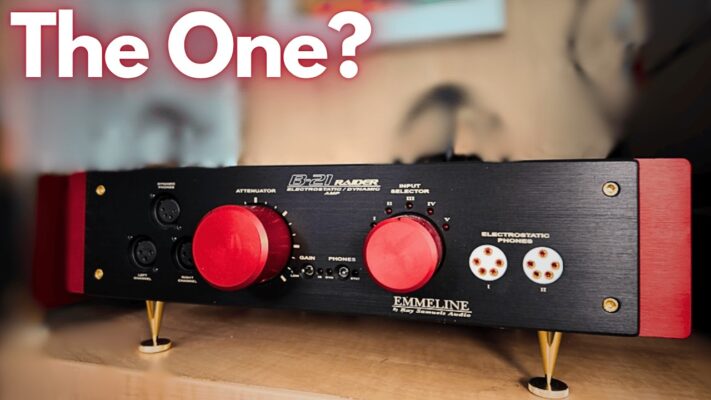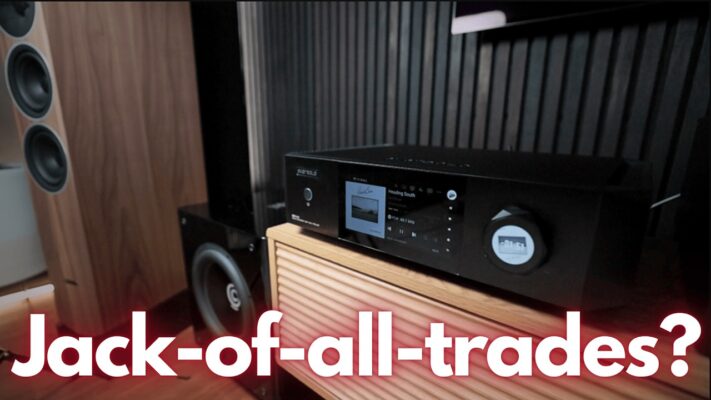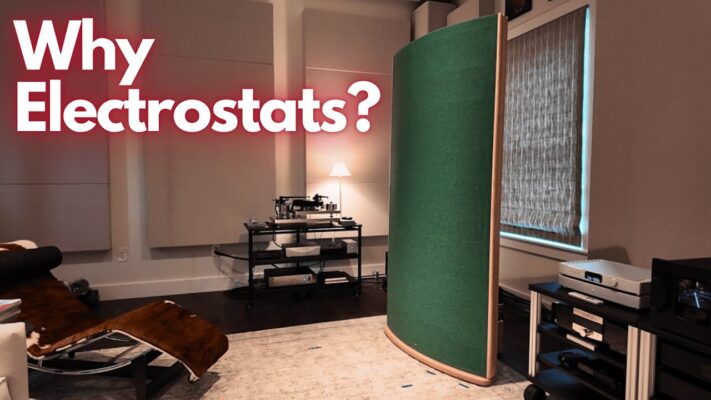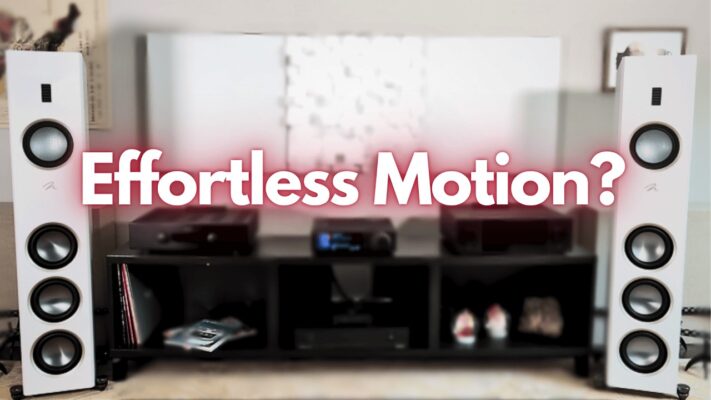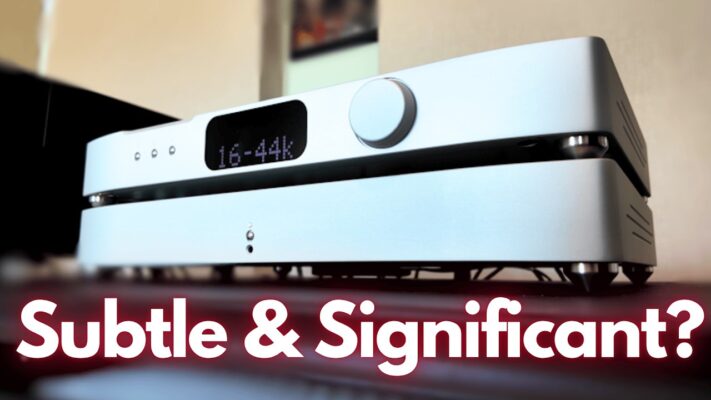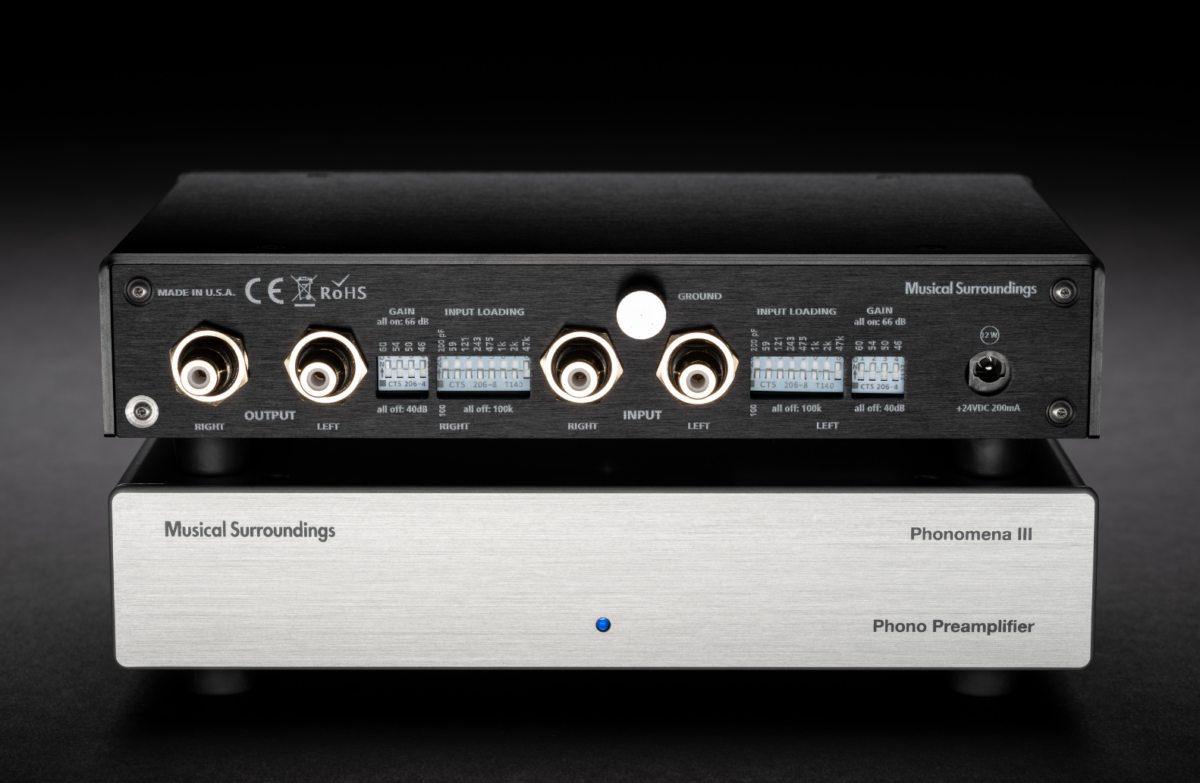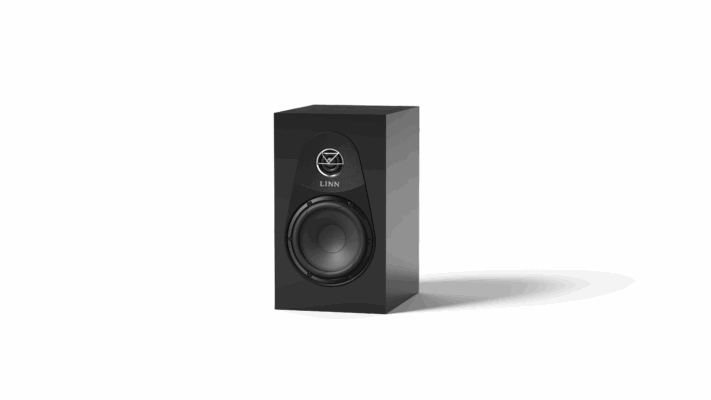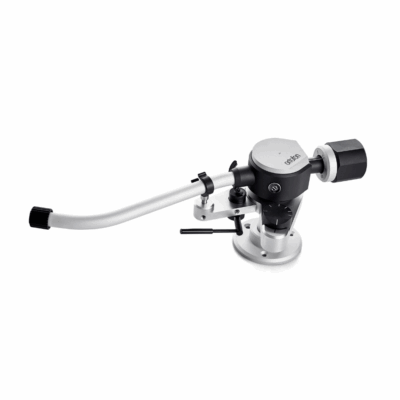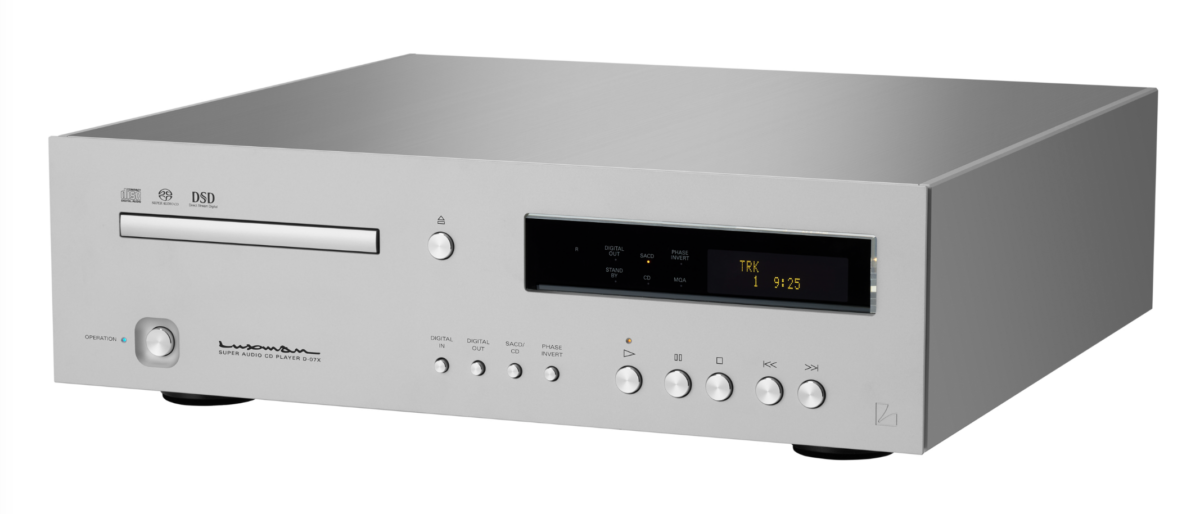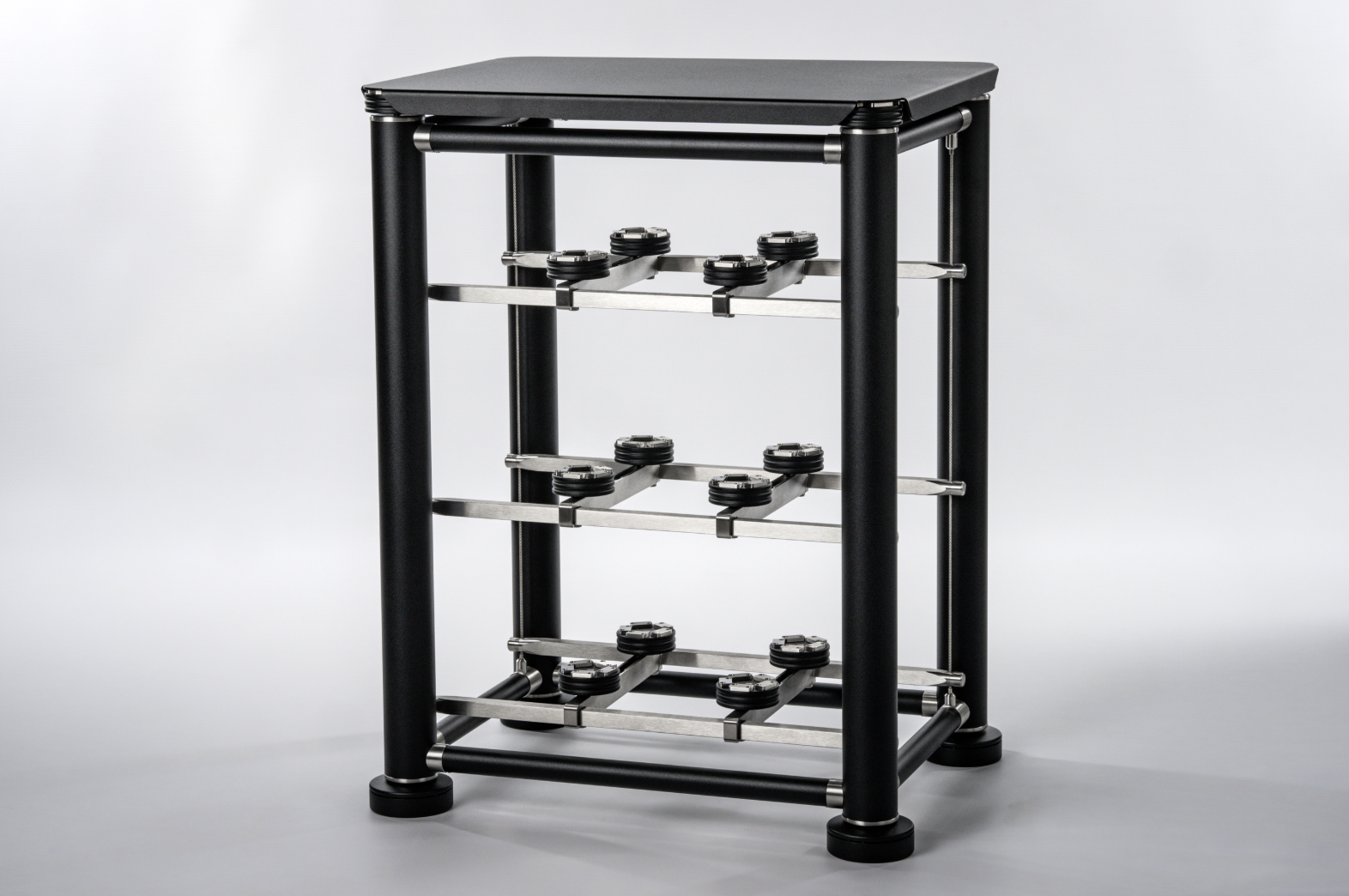
Contrary to the Beach Boys, there are no good vibrations, at least when it comes to an audio system. Whether it’s a turntable or a CD player, preamplifier or amplifier, vibrations can exert a deleterious effect upon the reproduction of music. Manufacturers like Magico or Wilson Audio, to name just a few, have gone to Herculean lengths to try and dampen vibrations by constructing inert cabinets, while others such as Sonus faber take a diametrically opposed approach, maintaining the cabinet can be tuned, in effect, to sing along with the music.
Small wonder, then, that there are also divergent theories about how best to construct an equipment stand. For a long time, the belief that mass is your friend has prevailed. When I constructed my first stand several decades ago, I filled it up with a mixture of sterile sand and bags of lead shot that I procured from a local gun shop. But the Wisconsin manufacturer Stillpoints sees things differently. It does not believe that vibrations should be damped or expunged. Instead, it pursues an audio version of the Hippocratic oath—first do no harm.
Stillpoints believes that trying to dampen vibrations puts a, well, damper on audio playback. Indeed, according to Bruce Jacobs, a director at the company, the focus should not be on trying to deaden vibrations but to filter them out. What’s more, he maintains that Stillpoints is the only product that addresses micro-vibrations beyond 20kHz and that its stand functions as an ultra-wideband filter.
How much stock should you put in such audacious claims? The high end is rife with black-magic products promising sonic nirvana, whenever and wherever possible. But in this instance, my own experience with Stillpoints suggests that its products are not audio voodoo but the real deal. The company’s new black ESS Ultra rack, which retails from $24,000 to $80,000 depending on its composition, is no exception.
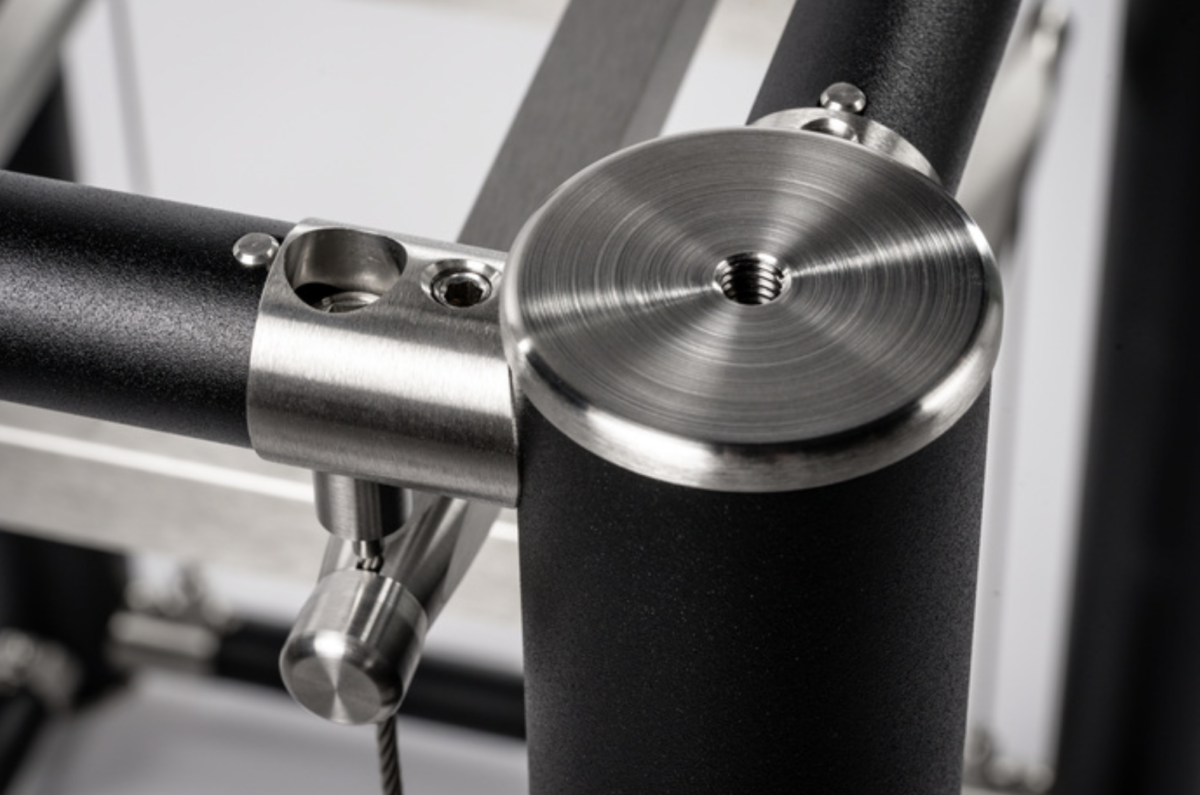
For a number of years, I’ve used a pair of the company’s standard 42″ ESS racks, which resemble an erector set. Each ESS has two pillars on each side to support the rack in an open-frame construction. I always liked the way it makes audio equipment look like it is hovering in air, as well as the fact that it doesn’t occupy a lot of floor space. But nothing stands still in the audio industry, whether it’s amplifier technology or racks. So, when Jacobs suggested that I might want to try the company’s latest offering, I was game.
The ESS Ultra rack does not mark a complete break with its forerunner. The stand’s legs rest on four large Ultra 7 isolation feet. It continues to use the same internal frame of crossbars supported by aircraft wires each having a load capacity of 2200 pounds. According to Jacobs, “the lack of mass means you have no air transfer of vibration.” At the top of each mast under the top shelf are Stillpoints Ultra 6 v2 feet, which isolate audio gear, as far as possible, from the rack itself. And the shelves remain infinitely adjustable—you can slide them up and down the length of the four internal aircraft wires to situate them as you please.
But there the similarities end. The new Ultra rack features (gasp!) four towers to support it rather than the previous two. Jacobs explains that with the emergence of a number of super-turntables weighing several hundred pounds, it became necessary to construct a rack that could easily support them. Another difference between the two racks, Jacobs explains, is that “we’ve taken all the aluminum out of it. It’s all stainless steel with constrained-layer damping for the top plate, and it’s cryogenically treated. Everything is cryoed. It eliminates ringing.”
It does require a bit of dexterity to situate equipment safely in the rack without scratching or denting it, as you need to hover any gear over the isolation feet as you maneuver it toward the rear of the rack. It’s also the case that it’s probably best if your local dealer sets up the rack itself. The aircraft wires are installed at the factory and require no adjustment by the dealer or customer. I found that with minimal care, the Ultra was simplicity itself to use.
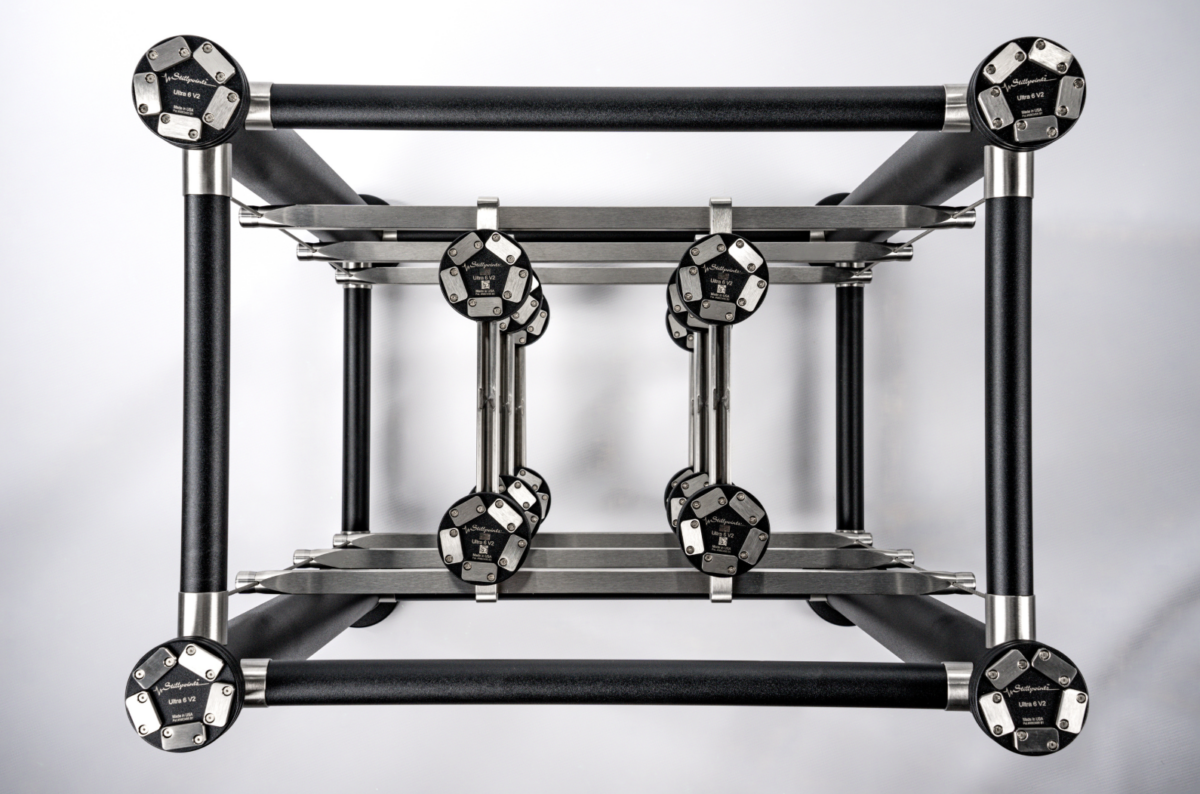
When I substituted the new Ultra rack for the older Stillpoints one, I heard an audible improvement in the sound of the four-stack dCS Vivaldi Apex CD/SACD playback system that I have used for the past 12 years. It wasn’t that the old rack sounded “broken” or any other hackneyed phrase that often gets employed when moving from one piece of equipment to another. But there was a discernible drop in the noise floor that allowed instruments to emerge with greater dynamic force. This translated into a more lifelike sound on both pianissimo and fortissimo passages. Take the Brazilian Guitar Quartet’s Delos CD of Bach’s four orchestral suites. This beautiful recording contains innumerable musical subtleties that offer a revealing window into the performance of a piece of audio equipment. With the Ultra rack in place, I was able to discern the location of the four guitarists more clearly. The transient accuracy of soft passages, not to mention the sonority of each guitar, emerged with greater realism. The longer I listen, the more I’m convinced that the ability to play quiet passages lucidly contributes to an overall impression of greater dynamic contrasts. In other words, to play loud you also need to be able to play softly with feeling.
Another recording that brought this home was one of the remarkable German trumpeter Matthias Höfs playing a melody by the 19th-century composer Oskar Böhme called “Entsagung” or renunciation. This melancholy snippet of music emerged with remarkable clarity on the Ultra stand, achieving a gossamer-like quality in the strings that I would not have thought possible. Add in the unwavering final note that Höfs tenderly holds for what seems like an eternity before it fades into the distance, and you can color me impressed.
The stand exerted a salutary influence on a number of other recordings as well, ranging from the Rolling Stones’ exuberantly brash Sticky Fingers to Shostakovich’s monumental Eighth Symphony, the “Stalingrad.” I regularly heard deeper into the soundstage with the Ultra when contrasted with the standard ESS that I had previously employed. The big stuff, in other words, sounded bigger. But in the end, it was the small details which the Ultra helped excavate that I kept returning to and focusing on. In this regard, I was captivated by a Deutsche Grammophon recording of Schubert’s Die Schöne Müllerin, the first true song cycle of the 19th century. The Ultra rack helped stiffen the reproduction of Daniel Heide’s accompanying piano, particularly in the bass regions that almost sounded as though they were emerging from the netherworld. These octaves are routinely the most difficult to reproduce, but obtaining a realistic sense of them helps to create genuine concert air and ambiance. Also quite striking was the nuance of Andrè Schuen’s singing on “The Beloved Color,” which the Ultra rack helped to underscore.
Most recently, I placed the reference dCS Varèse music system on it. The sound and looks of this combination are most enticing. Put bluntly, the Ultra rack is a winner. In my view, it helps perform the essential function of effacing, as far as possible, the nasty vibrations that distort audio playback. Having employed several Stillpoints products over the years, ranging from spookily effective Aperture 2 acoustical panels to isolation feet, I feel no hesitation about recommending the company’s new stand.
Specs & Pricing
Stillpoints ESS Ultra rack: $40,000–$60,000 depending upon specifications
Ultra 6 v2 isolation feet: $1079 each
Ultra 7 isolation feet: $1299 each
STILLPOINTS LLC
573 Co Rd A #103
Hudson, WI 5401
(651) 204-0605
stillpoints.us
Tags: ACCESSORY STAND STILLPOINTS EQUIPMENT

By Jacob Heilbrunn
The trumpet has influenced my approach to high-end audio. Like not a few audiophiles, I want it all—coherence, definition, transparency, dynamics, and fine detail.
More articles from this editor









